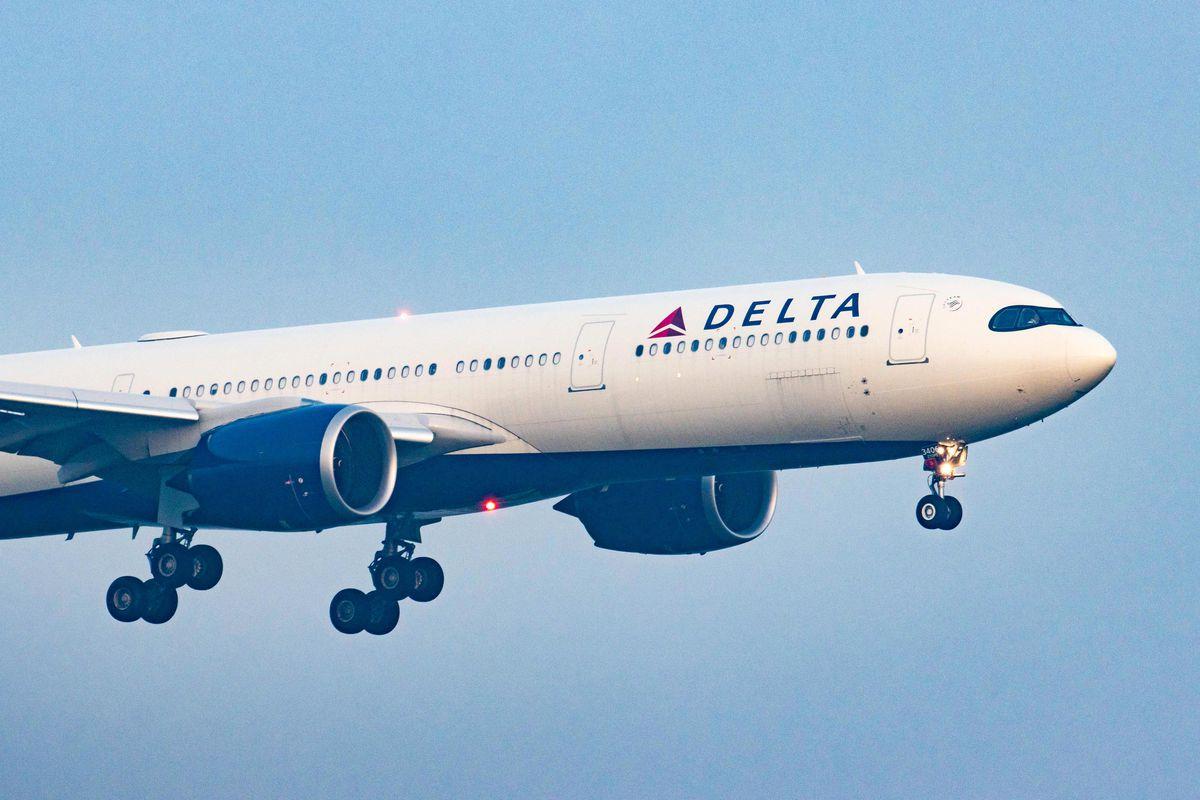Delta airlines flight emergency landing

1. The Background:
A recent incident involving a Delta Airlines flight bound from Savannah to Atlanta required an emergency landing due to a technical issue. The aircraft, a Boeing 757-200, experienced what is termed a “flap disagree,” where the flaps on the plane became misaligned. This issue prompted the flight crew to declare an emergency to secure priority landing at Hartsfield-Jackson Atlanta International Airport.
2. Further incident:
Despite the scare, the pilots managed to land the aircraft safely, and it taxied to the gate without further incident. This situation is uncommon but is part of the comprehensive training that Delta flight crews undergo to handle such scenarios safely. No injuries were reported, and all 199 passengers on board were unharmed (11Alive) (Hindustan Times) (WSBTV).
Understanding an emergency landing, such as the one Delta Airlines recently experienced, involves knowing a few key concepts and procedures:
Flap Disagree Issue:
3. Definition:
A “flap disagree” occurs when the aircraft’s flaps, which are movable panels on the wings used to control lift and drag, become misaligned or do not extend/retract as commanded.
4. Impact:
This misalignment can affect the plane’s ability to maintain the desired flight path and speed, especially during critical phases like landing.
Flight Crew Training:
5. Preparedness:
Pilots undergo extensive training to handle various in-flight emergencies, including flap malfunctions. This training equips them to perform safe landings even under challenging conditions.
6. Procedures:
When a flap issue is detected, pilots follow specific protocols, which include communicating with air traffic control (ATC), declaring an emergency to get priority handling, and preparing the cabin crew and passengers.
Declaring an Emergency:
7. Process:
When the crew identifies a serious issue, they declare an emergency (often referred to as a “PAN-PAN” or “MAYDAY” call) to ATC. This ensures they receive immediate assistance and priority landing clearance.
8. ATC Coordination:
ATC provides the flight with a clear and direct route to the nearest suitable airport, coordinating with ground services to ensure emergency response teams are ready if needed.
Landing and Safety Protocols:
9. Execution:
The pilots execute an approach and landing with the known issue, which might involve flying at a different speed or angle to compensate for the flap misalignment.
10. After Landing:
Once on the ground, the aircraft is inspected by maintenance crews to diagnose and fix the issue before the plane is cleared for further flights.
Passenger Experience:
11. Communication:
During such events, communication from the flight crew is crucial to keep passengers informed and calm.
12. Safety Assurances:
Airlines often stress that such occurrences, while serious, are handled with the highest priority on safety, and the crew’s training is specifically designed to manage these scenarios effectively.
By understanding these key aspects, you can appreciate the complexity and professionalism involved in managing in-flight emergencies, ensuring passenger safety remains the top priority (11Alive) (Hindustan Times) (WSBTV).